At first blush pruning may seem like an easy job, consisting simply of cutting away the undesirable parts of the plant. Pruning is actually much more complicated than it appears, however, and it takes a trained eye and a steady hand to prune plants and trees properly. It is a good idea for the new gardener to enlist the help of a more experienced friend to learn how to prune most effectively. In addition, garden clubs can be great sources of information for this essential part of the gardening hobby.
When to prune can be a challenge, but most non-flowering evergreen shrubs and trees should be pruned once annually, usually in the early spring, just as new growth is beginning to appear. Deciduous varieties of shrubs and trees should also be pruned once a year, generally in the winter when they are still in their dormant stage. It is important to prune those plants before their new buds have begun to appear.
Most varieties of spring flowering shrubs and trees should be pruned right after they have flowered. If you wait too long to prune these spring flowering trees their buds will not have time to regenerate before winter arrives. Some examples of these spring flowering trees and shrubs include azaleas, honeysuckles, forsythia, rhododendrons, dogwoods and hydrangeas.
Some other varieties of trees and shrubs, such as butterfly bushes, bush roses, cranberry bushes and chaste trees, should be pruned in the late winter while they are still dormant. The procedure for pruning these trees is to pinch off the spent blossoms to help promote more flowering.
Hedges should be pruned in the late spring or summer, as soon as the new growth begins to appear. The top of the hedge should be pruned more narrowly in order to allow more sunlight to reach the base of the plant. This pruning will help to reduce thinning at the lower parts of the hedge.
Of course before you can do all this pruning you will need to gather the proper tools, and it is essential to have a good set of pruning shears on hand. Be sure that the blades of the shears are clean and sharp, as this will help to prevent damage to the plants. If the blades are dull the stems of the plants could be damaged during the pruning, and if they are dirty disease causing microorganisms could find an entry way into the plant’s interior. Many gardeners like to soak the blades of their pruning shears in a solution of water with a couple drops of bleach. The bleach in the water will help to kill off any bacteria or microorganisms that may have clung to the blades.
Pruning shears can be used to trim branches up to half an inch in diameter, while lopping shears will be required for branches larger than half an inch but less than two inches. Branches more than two inches in diameter will require a hand saw or bow saw to trim.
Begin your work by pruning back all of the damaged, diseased or dead limbs of the plant, making sure to prune back to the healthy branch. Any unwanted water sprouts and suckers can also be removed from the base of the plant. These fast growing shoots can steal nutrients that would otherwise be directed to flowering and blooming.
After the initial pruning has been completed, take a step back and look at the plant to determine if farther trimming is needed. If your desire is to train the plant to grow in a particular direction, be sure to trim the lateral branches to make this training easier. Take your time as you prune, stepping back often to look at the results.
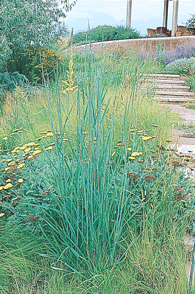
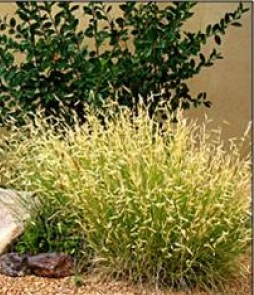

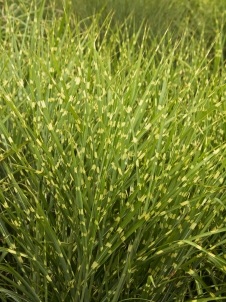
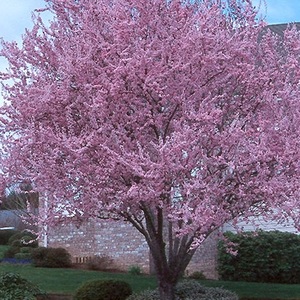
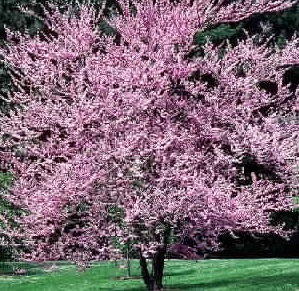

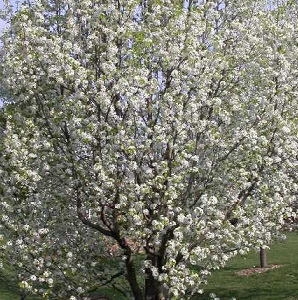
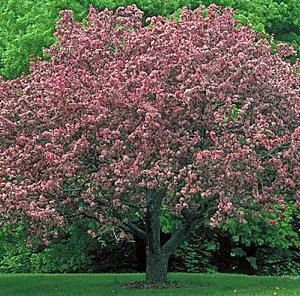
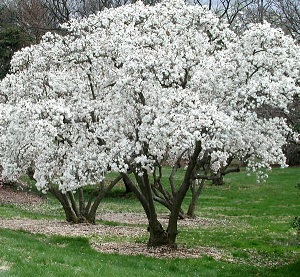
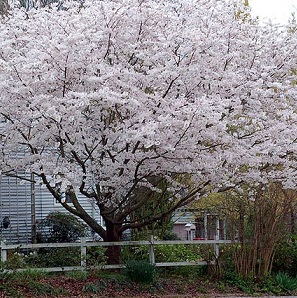
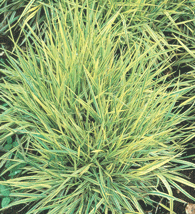
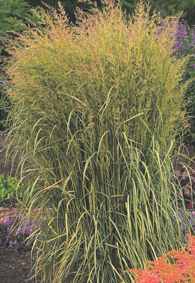
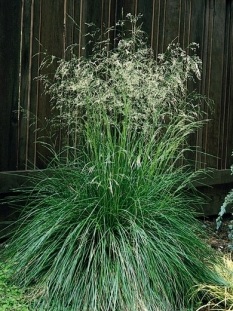
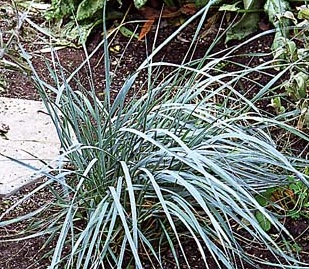
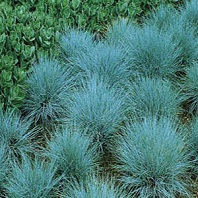
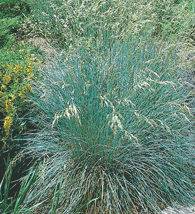
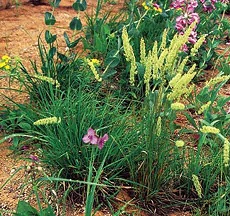
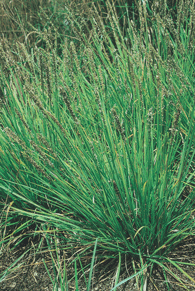
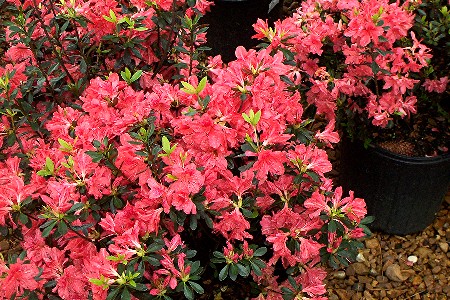
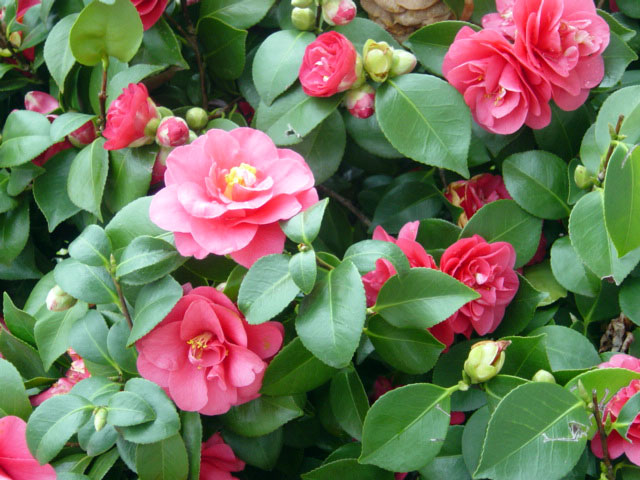
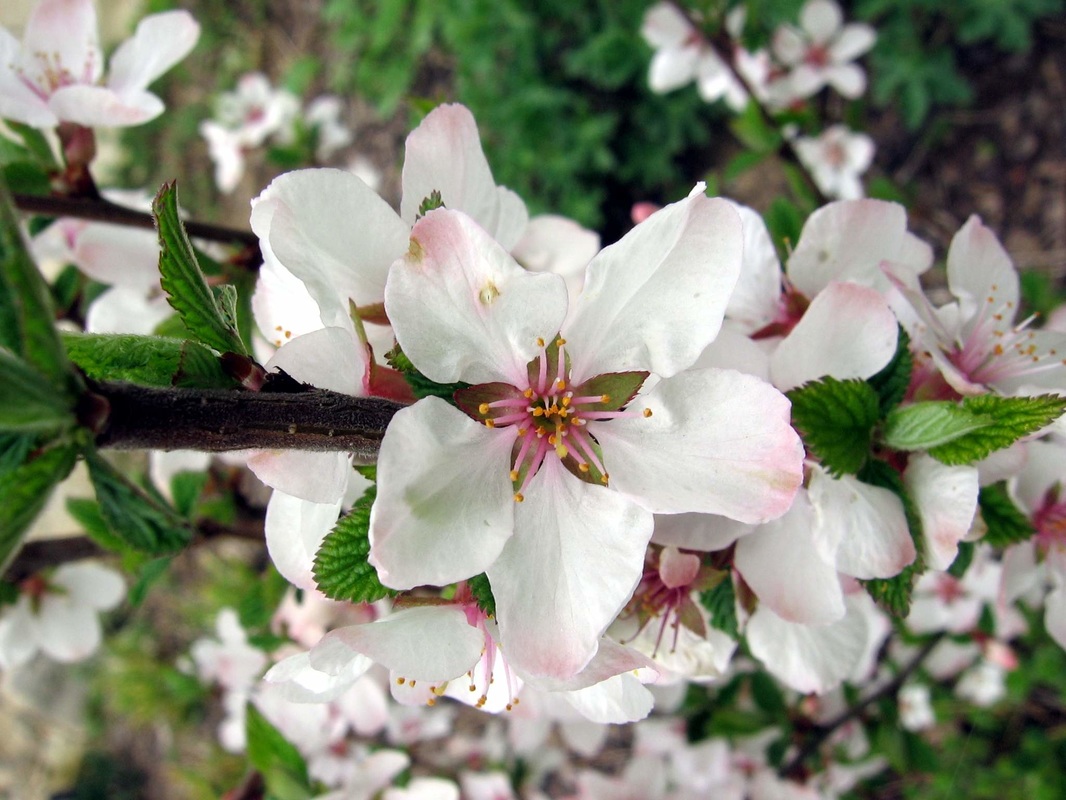
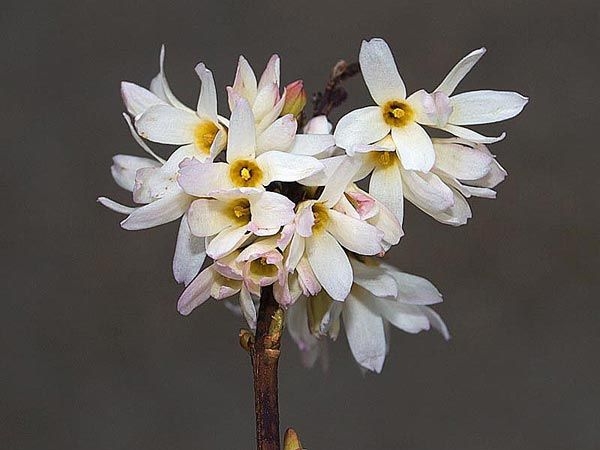

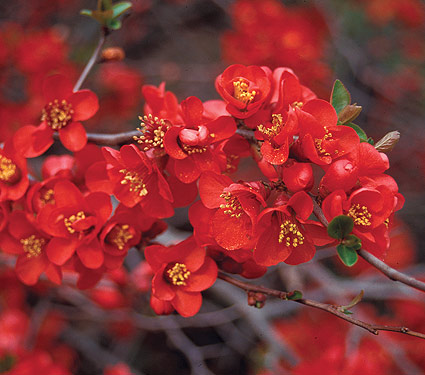
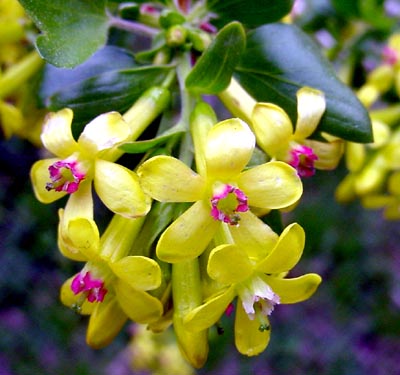
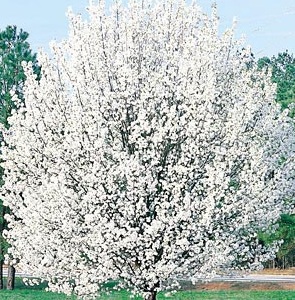
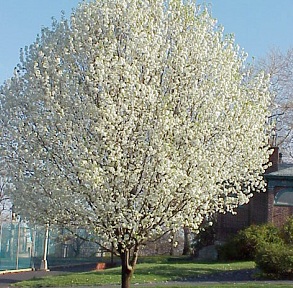
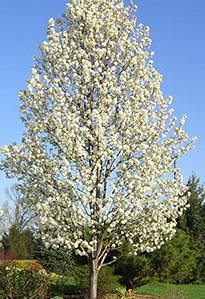
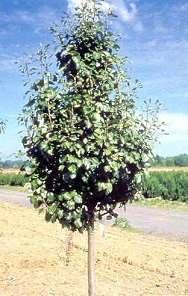
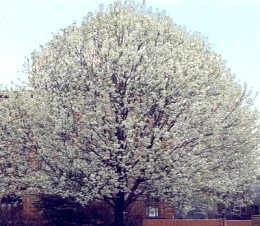
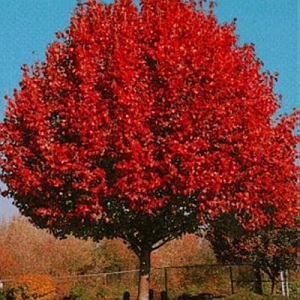
 RSS Feed
RSS Feed